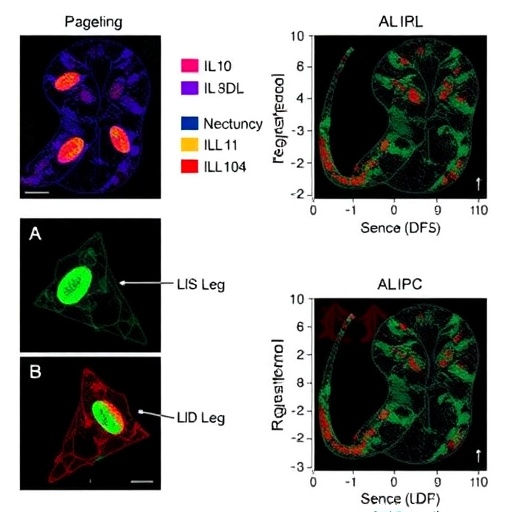
Credit: Vanderbilt University Medical Center
Immune checkpoint inhibitors have transformed cancer care to the point where the popular Cox proportional-hazards model provides misleading estimates of the treatment effect, according to a new study published April 15 in JAMA Oncology.
The study, “Development and Evaluation of a Method to Correct Misinterpretation of Clinical Trial Results With Long-term Survival,” suggests that some of the published survival data for these immunotherapies should be re-analyzed for potential misinterpretation.
The study’s senior author, Yu Shyr, PhD, the Harold L. Moses Chair in Cancer Research and chair of the Department of Biostatistics at Vanderbilt University Medical Center, and colleagues, Chih-Yuan Hsu, PhD, and Emily Lin, MD, PhD, have proposed an adjustment to convert the inappropriate Cox proportional-hazards model to the appropriate cure model. The adjustment utilizes the Cox-TEL (Cox PH-Taylor expansion for long-term survival data) method.
“The Cox proportional-hazards model has become ingrained as the preferred choice for survival analysis in clinical trials for many reasons, including its robustness; however, researchers should not blindly use this in immunotherapy trials,” Shyr said.
“Because the model’s proportional hazards assumption is clearly violated in some immunotherapy trials, the results and conclusions based on this model are inaccurate and misleading. We wanted to create an approach that would not only correct the hazard ratio of the Cox proportional-hazards model, but also be interpretable and practical for both clinicians and statisticians. We believe Cox-TEL will be used widely to avoid misinterpretation of clinical trials with long-term survival.”
The team of researchers initiated their work because of the common observance of long tails and crossovers in survival curves with immune checkpoint inhibitors. These observances violate the proportional hazards assumption in the widely-used Cox proportional-hazards model. The researchers looked at simulated data and real-world data from published immune checkpoint inhibitor trials. In comparing the Cox proportional-hazards model to the Cox-TEL adjustment method, they determined that the Cox-TEL adjustment method was more accurate in assessing long-term survival. The Cox-TEL adjustment is user friendly and freely available as a package in the statistical software R.
###
Media Contact
Tommy Wilemon
[email protected]
Related Journal Article
http://dx.





